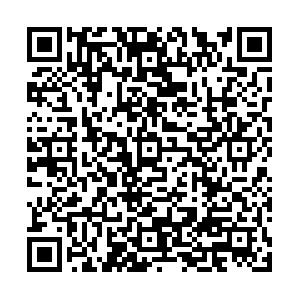摘要:
针对252Cf源驱动噪声分析测量法中核材料浓度识别问题,采用压缩感知理论,在K最近邻(KNN)识别算法基础上,研究了一种基于压缩采样的K最近邻(CSKNN)分类识别方法,进而研究并分析了CSKNN方法的识别概率。实验结果表明,CSKNN分类识别方法只需少量的观测值(观测比M/N0.1),即可达到分类识别的目的;当信噪比提高时,识别概率将会以更快的速度收敛至100%,且对K值的敏感程度也会随之降低。这样,不仅提高了核军控核查的实时性,而且还有效降低了采样成本,为核材料浓度的在线判读提供了一种新的理论基础和实现方法。
Abstract:
For solving the identification problem in 252Cf-source-driven noise analysis method, we used the compressive sensing theory and the nearest neighbor recognition algorithm, proposed a new classification method named CSKNN method, and then analysed identification probability. The experimental results show that for the classification and identification purposes, the CSKNN identification method only needs a few observations (the ratio between the number of measured values and the fission neutron signal length is no less than 0.1). When the signal to noise ratio increases, the recognition probability will converge faster to 100% and be less sensitive to K. Hence, the CSKNN method is reasonable and feasible, not only because it improves the real-time performance of nuclear arms control verification, but also effectively reduces the sampling cost. Most importantly, it provides a new theoretical basis and implementation method for the online classification of nuclear material concentration.

 点击查看大图
点击查看大图



 下载:
下载:
